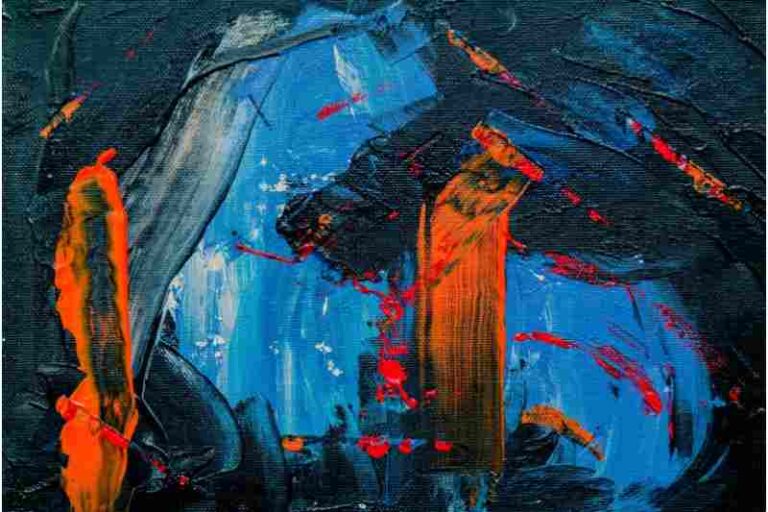Abstraction and improvisation are the hallmarks of the works of many abstract expressionist artists. These artists were largely influenced by Dadaist traditions. In the years following World War II, Clyfford Still, Jackson Pollock and Willem de Kooning began to experiment with this new style. During this time, de Kooning famously removed all elements of composition, light, and relationships from his female portraits.
Barnett Newman
The first monograph about Newman was written by Thomas Hess, who was a personal friend of the artist. Newman began choosing titles based on stories from the Old Testament, such as the creation of the universe. In addition, he developed his signature style of painting by making each composition from only one or two vertical bands of color. This style became very popular with Newman’s followers, who embraced his unique vision and approach.
Robert Motherwell
Beginning in 1968, Robert Motherwell painted a series of paintings called Opens. The series is composed of two-sided rectilinear boxes positioned on monochromatic fields. The artist found infinite room for variation and extrapolation within this structure, which gave birth to the title of the work. He also created many other works that would later become iconic. The Opens series is one of Motherwell’s best-known works.
Joan Mitchell
The late abstract expressionist artist Joan Mitchell is celebrated for her large-scale paintings, often using two or more panels and the interplay between them as a compositional tool. Mitchell grew up in Chicago, the younger of two daughters of an intellectual mother and a successful physician father. Her mother wrote poetry and her father was a successful doctor. The artist found her artistic voice early and never lost it. Her resulting works reflect her personal vision and continue to captivate and inspire today.
Bradley Walker Tomlin
Bradley Walker Tomlin, a New York school abstract expressionist artist, was part of the famous Ninth Street Show. He was a contemporary of John I. H. Tomlin. His works are often compared to those of John I. H. Tomlin. However, despite these similarities, Tomlin’s art is unique and distinctive. In this article, we’ll learn more about his work.
Wassily Kandinsky
Wassily Kandinsky, a Russian painter, was one of the most influential abstract expressionist artists. Before he turned to painting, he studied law at the University of Moscow and then at the University of Dorpat, Estonia, where he taught Roman law. After teaching for several years, he began painting full-time when he was 30 years old. He focused his studies on life drawing and anatomy.
Dorothea Rockburne
In her work, Rockburne rejects the dominant tropes of “advanced art” from the late 1960s and 1970s. In this way, the meaning of her work is not found in the artist’s soul, the materials used, or the resulting flow between these three components. In “Set,” 1971/2018, Rockburne used layered paper and translucent plastic that has been saturated with crude oil. The oil then shrinks and saturates the paper and plastic, producing a mosaic-like pattern of hairline fractures on its glossy black surface.
